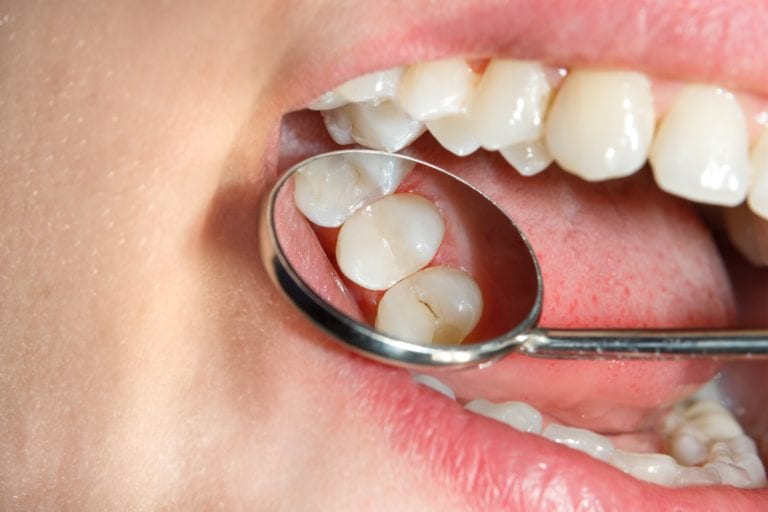The History Of the Composite Filling

The first composite filling, invented in the 1960s, gave way to a more alternative option for those looking for a filling. Compared to the traditional resin and silicate options of the time, composite fillings had improved durability that couldn’t be matched, allowing people to overcome their issues with their teeth. With improved adhesion, appearance, and polishing, the first composite was created by mixing two pastes together, resulting in a quicker hardening time in the patient’s mouth. While improvements to the mixture were made overtime, composite fillings were made to become more comfortable to work with and efficient in their hardening time through the use of special lights.
What are Composite Fillings Made Of?
The first composites, made of tertiary amine and benoxyl peroxide, were used to create the sturdy resin. As technology improved over time, the mixture was tinkered with and improved on. Depending on the dentist you go to, they may have their own formula to work with, so if you’re curious, ask them about what their composite fillings are made of.
Should I Get Composite Fillings?
If you have damaged teeth and want to look for an alternative solution for them, then composite fillings might be the best bet for you. Sturdy and viable, these composite fillings provide a natural-looking appearance to your teeth. With a reliable adhesion and less drilling required, composite fillings blend in without a problem. One thing to consider when getting a composite filling is how long you’re willing to wait for the filling to finish drying and how much it will cost. These fillings tend to take longer because of their intensive procedure, and most insurance companies won’t fully cover the costs of composite fillings. If you believe that composite fillings will benefit you in the long run, however, speak to your dentist about the procedure and any payment plans they may have.
What Special Care Do Composite Fillings Require?
The composite filling doesn’t require as much consideration than other fillings, because they act just like your natural teeth. Flossing, brushing your teeth, and eating low-sugar diets can help prolong the lifeline of your fillings. Additionally, seeing your dentist regularly will also help improve the lifeline of your fillings, as they’ll be able to give you the best advice on how to take care of our fillings. If you notice any damage to the filling, contact your dentist as they’ll be the best to give you the advice you need for correction.
Looking into composite fillings? If you want a composite filling done by some of the best dentists around, then call Dr. Deborah Tabb. She and her team of experts at Bethesda Family Dentistry in Bethesda, RI will be able to give you the highest quality service by assessing your needs, encouraging good dental behaviors. At Bethesda, they care about dental health. If you need a place to go to get a dental check-up, then don’t hesitate to call their number and schedule an appointment for a consultation on your teeth.






Recent Comments